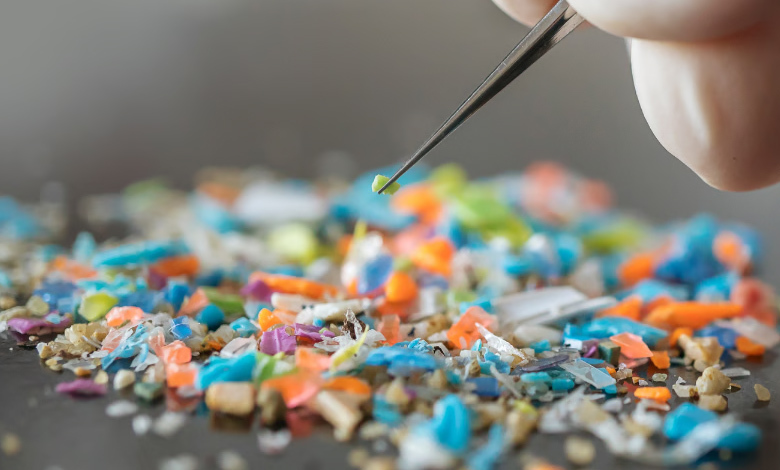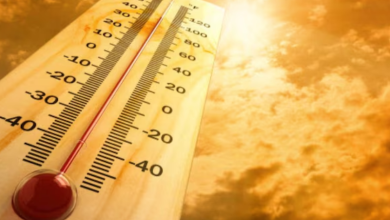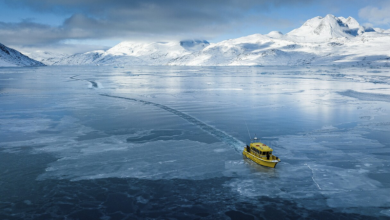Plastic pollution our biggest threat: Scientists find microplastics in every human placenta tested

Over three years ago, researchers first found microplastics swimming in four different human placentas. At the beginning of 2023, microplastic particles were discovered in no less than 17 different placentas – and by the end of last year, the contamination had increased significantly.
Using a better technique, the scientific community has recently identified tiny particles and fibers of plastic less than a micron in size in the largest placenta sample yet. They found microplastics of various concentrations in all of the 62 tissue samples tested.
Microplastics – temporary visitors or permanent?
No one yet knows the impact this plastic pollution is having on the health of the foetus or the mother. But microplastics have now been discovered in almost every major human organ. It remains to be seen if these pollutants are temporary visitors or permanent.
In research on mini-models of the human intestine, microplastics demonstrate potentially dangerous immune effects. Moreover, early experiments on mice suggest micro- and nanoplastics can disrupt foetal brain development.
Since environmental plastic pollution keeps on increasing, contamination of the placenta is on track to only increase, as humans breathe in and ingest more plastic than ever before. Biologist Matthew Campen from the University of New Mexico, explains “dose makes the poison.”
If the dose of microplastics keeps going up, researchers get more concerned. But determining how much of the pollutants are accumulating in human tissue has proved extremely difficult given the notoriously small size of these particles.
Microplastic pollution taking a toll on humanity
The latest research uses a novel, high-resolution technique to scan for plastics in human blood and tissue. First, the scientists separated the majority of biological material from plastic solids. Then they broke down the polymers to determine their specific compounds.
More than half of all plastics found in the 62 placenta samples were polyethylene – the most commonly produced plastic. Other pollutants identified include polyvinyl chloride, nylon and polypropylene, all of which are potentially several decades old.
Read More: Paper straws seem to be better alternatives to plastics. But are they really?



